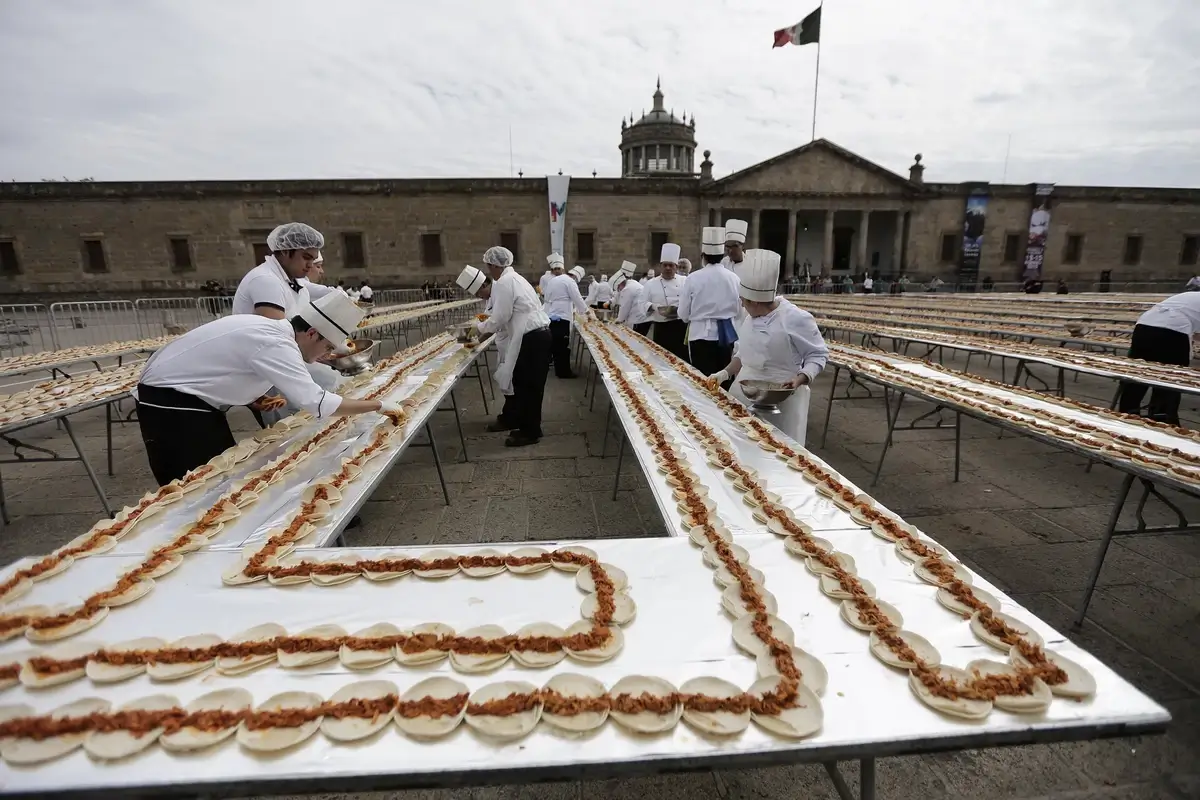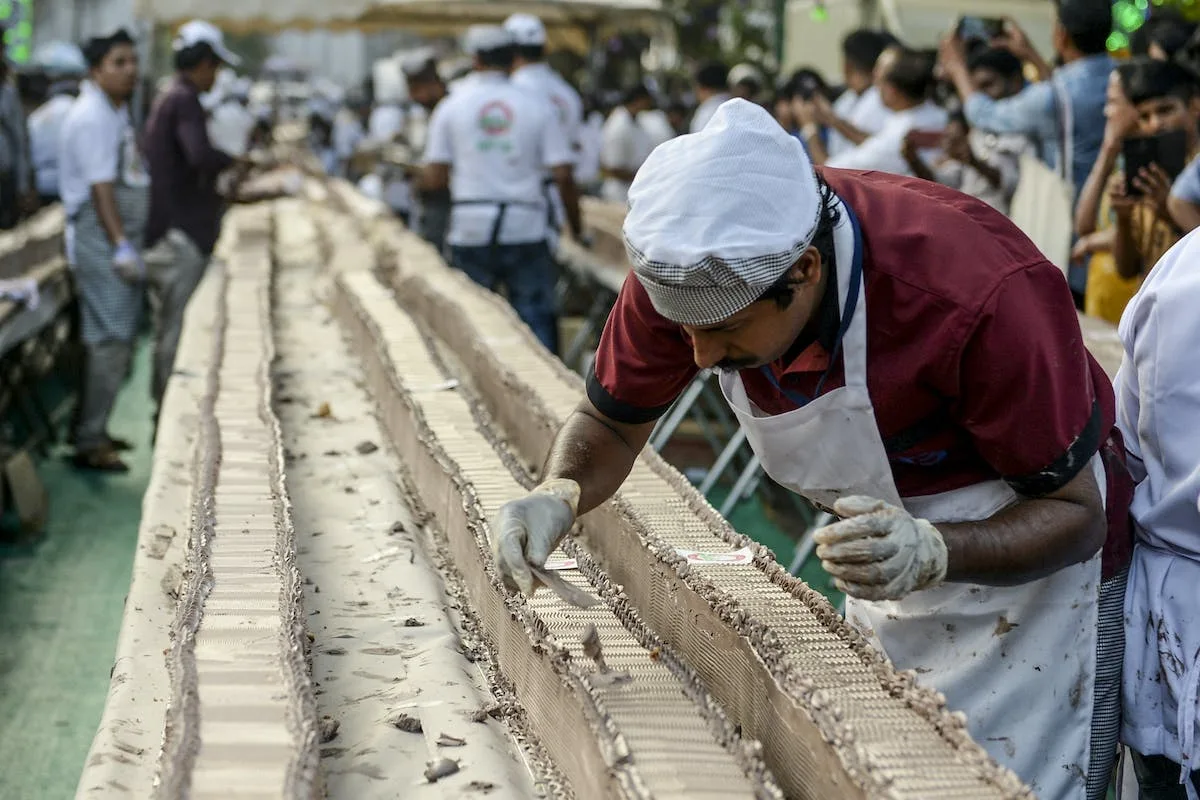An extraordinary archaeological discovery challenges everything we think we know about food preservation.
Deep within an ancient Egyptian tomb, researchers have unearthed a cake that has survived more than four millennia without losing its shape or structure. This culinary feat, officially recognised by the Guinness Book of Records as the world’s oldest cake, reveals unexpectedly sophisticated preservation techniques.
A record that defies belief
The cake discovered in the Meir necropolis has remarkable characteristics that explain its exceptional longevity. Composed of two wheat cakes ten centimetres in diameter, it contains a filling made from milk, honey and sesame, giving it more the appearance of a pastry than a simple loaf of bread.
This composition is not insignificant. The ingredients chosen by the bakers of ancient Egypt already had natural preservative properties. Honey, in particular, is a powerful antibacterial agent capable of preventing decomposition over very long periods of time. Sesame, rich in natural oils, also contributed to the preservation of the whole.
The secret of a revolutionary technique
The real innovation lies in the baking method used by Egyptian artisans. They used a system of copper moulds specially designed to fit together perfectly, creating an airtight enclosure around the dough.
The manufacturing process reveals impressive technical mastery. The moulds were first heated over a fire before being applied to the still-moist dough. This technique caused air bubbles to form inside the cake. As it cooled, these bubbles gradually escaped, creating a partial vacuum in the mould.
This atmospheric pressure allowed the cake to stick to the metal walls, creating a perfect seal that protected it from air and moisture. This method is similar to modern vacuum packing techniques, but using purely artisanal methods.
The oldest known cake in the world, baked during the reign of Pepi II in Egypt between 2251 and 2157 BC. Alimentarium, Vevey, Switzerland.
An eternal journey to the afterlife
This cake was not intended for earthly pleasures. It accompanied Pepyankh the Middle, a high-ranking vizier who served during the reign of Pepi II, considered one of the longest-reigning monarchs in Egyptian history.
The function of this pastry was part of ancient Egyptian cosmogony. The deceased had to undertake a long and difficult journey to reach the Field of Reeds, the equivalent of paradise in their beliefs. Funeral provisions, including this cake, were intended to nourish the deceased during this spiritual journey.
Embalmers and priests attached great importance to the quality of these food offerings. A mouldy or spoiled cake would have compromised the smooth passage to the afterlife, depriving the deceased of sustenance during their eternal journey.

An exceptional scientific testimony
Now preserved at the Alimentarium, the Swiss food museum, this cake is a unique testimony to the culinary techniques of antiquity. Its remarkable preservation demonstrates that ancient civilisations mastered preservation processes that were as effective as our contemporary methods.
This discovery perfectly illustrates the sophistication of ancient know-how, often underestimated in our modern era. It reminds us that technical innovation is nothing new and that our ancestors were already developing ingenious solutions to complex challenges.
Pepyankh’s cake is thus much more than an archaeological curiosity: it bears witness to human genius and its ability to transcend the centuries through ingenuity.




